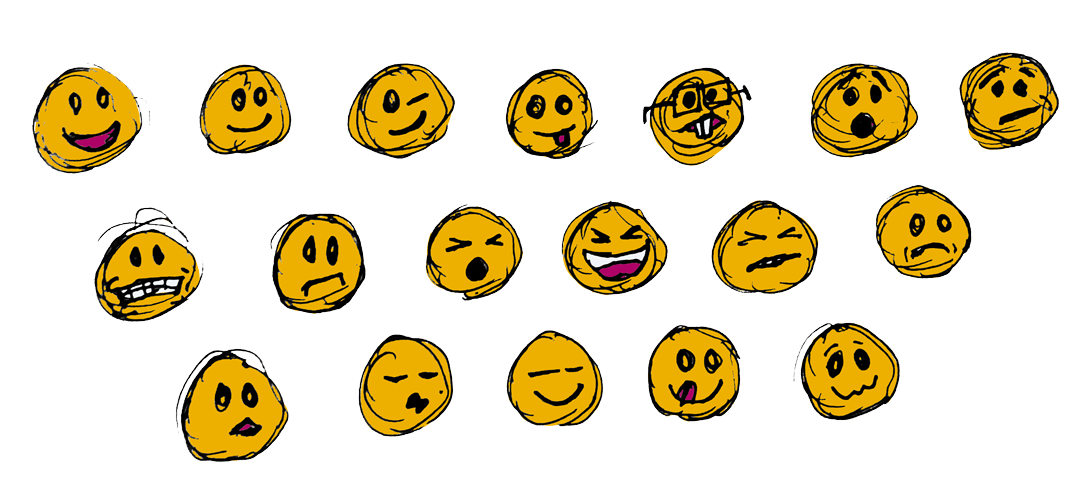Do you like this? Don’t you love it? Do you find it haha funny or is it more of a chuckle just to acknowledge you get the joke?
Social media reaction culture has dumbed down our genuine sentiments into brief, mindless, dopamine hits that are oftentimes difficult to decode and render us all into a neurotic mess.

By design, the prescribed reactions offered by the algorithm results in an enormous, quantifiable data set of our collective emotional reactions to just about everything. What the algorithm doesn’t do - and what it can never do - is qualify that data.
Put another way, the computer is incapable of determining the honesty and integrity behind these pre-assigned human sentiments. Sure, a human analyst, or a team of them, could attempt to do it but it would be impossible to extract their own inherent and external biases from the process. Ultimately, they are just reacting to the collective reactions and making their best guesses as to what they mean.

Now let’s get back to talking about us. I believe our intentions in adopting the use of “reactions” were pure (in the social media sense, as initially introduced by the Facebook “Like” button). As content consumers, we wanted to express our appreciation to posters in order to reinforce or build new friendships. As content producers, we appreciated the feedback.
But even early on, this arrangement showed cracks and should have elicited warnings in our heads about where it would lead. For instance, it quickly became apparent that the absence of a “Like” was not absent of meaning. At least that’s what our minds told us.
To soothe this new neuroticism and social pressure, we somehow decided we needed more ambiguous cues rather than less. Social media companies added a whole new slew (still a very limited range) of quantifiable emotional reactions ripe for abuse and misinterpretation.
“But we always maintained the ability to elaborate in the comments,” you might argue. True, except consider how much less likely you are to comment on a post when:
A) You don’t really need to spend time and energy elaborating on the reaction you already expressed;
B) You might be about to express a verbal disagreement to a post that already has dozens, if not hundreds, of positive reactions, of which you have no ability to determine how deeply held those sentiments are, or how strongly the pushback will come given the apparent (and illusory) discrepancy in numbers.
You really have to decide if you want to take on that battle and most often you are going to decide it’s not worth engaging.
The problem is, there’s no mechanism to quantify how many other people made the decision not to engage for the same, or even different reasons, and thus the observable metric is forever skewed. This has downstream effects as users see more and more increasingly opinionated posts, in one compounding direction, with huge support. Unable to account for the invisible metric I previously described, we falsely believe the posted sentiment is far more popular than it really is.
This is how stupid and harmful ideas gain traction.
To make matters worse, it actively discourages dissenting opinions as not only does a person not want to dissent in the comments, but he’s also intimidated from making his own counter-opinion post which only gets more difficult and more dangerous the longer he silently watches.
This is where we are currently. Whether you’re in the Facebook, X, Bluesky, LinkedIn or some other social media bubble, you already have a sense for what posts are going to get flooded with cheap, pre-approved reactions and what beliefs you are discouraged from sharing or make you uncomfortable in “liking”.